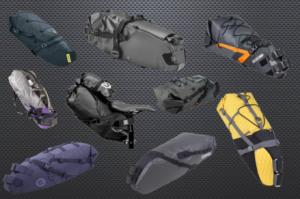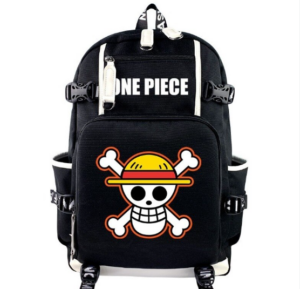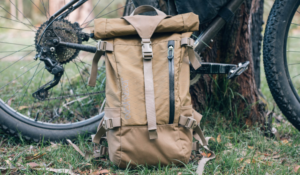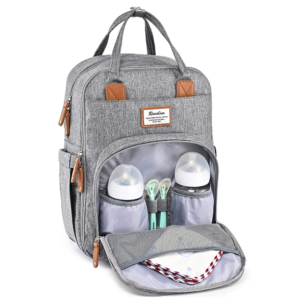Kids backpack is a necessity for children. You will see children carrying kids backpacks on the street and in school. With the improvement of living standards, more and more parents are beginning to pay attention to the related issues of kids backpack. Because kids backpack will affect spine health problems, especially when children are growing their bodies. So choosing the best size kids backpack is very important for children.
If you don’t know how to choose the best size for kids backpack, this article will tell you in detail from three aspects what is the best size for kids backpack.
1. Tips for kids backpack sizing
- A child’s back should not exceed the length of their backpack.
- Support is key since the core and hip muscles carry much of a backpack’s weight. Backpacks should be centered between the shoulder blades for the best support.
- Measure the distance between the ridges of the shoulder blades and add an extra 1 or 2 inches for the correct width. Measure from the shoulder line where the straps will rest to the waistline or belly button to find the right height. If you add 2 inches to that measurement, it will be the maximum height for your child’s backpack.
- An ergonomic backpack should be sized so that it fits up to 4 inches below the waist and 2 inches below the shoulders.
- To determine the ideal height and width, one can either take two measurements of a child’s back, or use an average child size chart (see graphic below) and make adjustments as needed.

2. How to measure a kids backpack?
Accurately measuring the size of a child’s backpack is a critical step, otherwise, it is meaningless. Children’s backpacks come in many shapes and sizes, which can make measuring a little difficult. But don’t worry, knowing the following points will make it easy to get it right.
- Measure the distance from your child’s shoulders to their belly button. To determine your child’s ideal backpack length, add 2 inches to this measurement.
- Measure between your child’s shoulder blades. Their ideal backpack width is this measurement and up to 2 inches longer.
These backpack charts can be a useful resource for deciding on the right size backpack for your child:

3. What should a kids backpack fit like?
As a general rule, the size of a child’s backpack should not exceed the size of their back. If you’re shopping in a store, it is easy to determine the correct size: the bottom of the pack should be close to the top of the pelvis and the top should be 2-5cm below the shoulders.
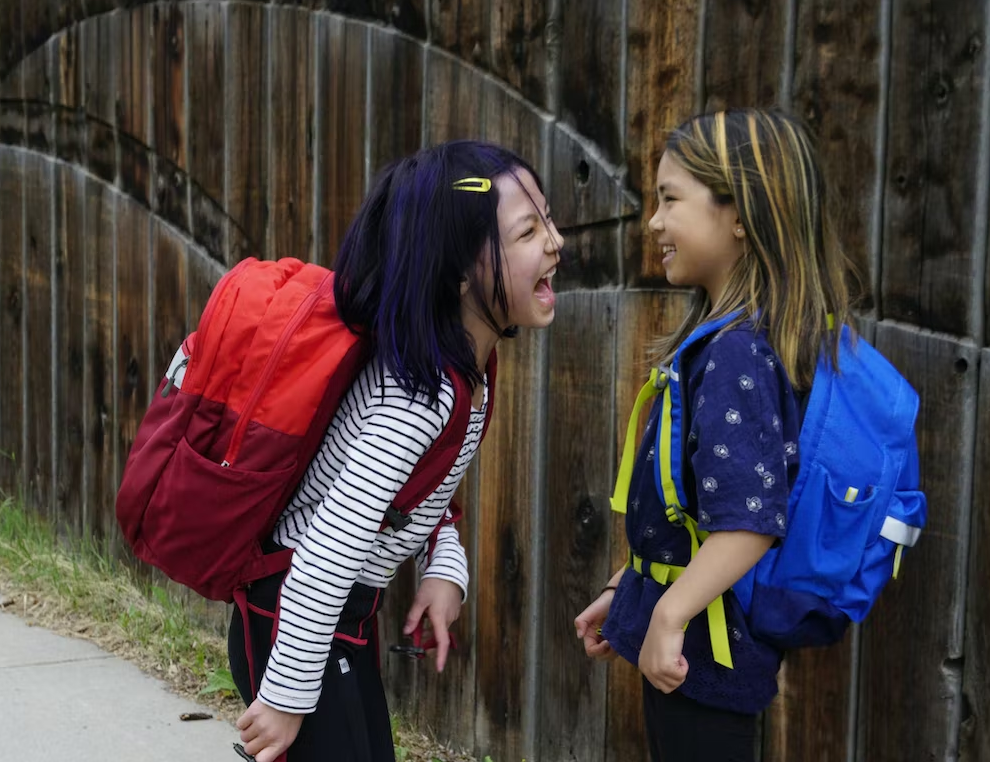
- To find the right size when buying online, measure your child’s back length.
- Determine the most notable neck vertebra located approximately at the same height as the top of your child’s shoulders.
- Trace a line from the top of their hipbone around to the middle of their back. Find the back length of these two points by measuring the distance between them.
Compare this measurement (in centimeters) to the given back length of a pack. All backpacks sold at Honeyoung have this information available. Determining if an adult-sized pack will fit older children can also be done in a handy way.
4. The consequences of using an incorrectly sized backpack
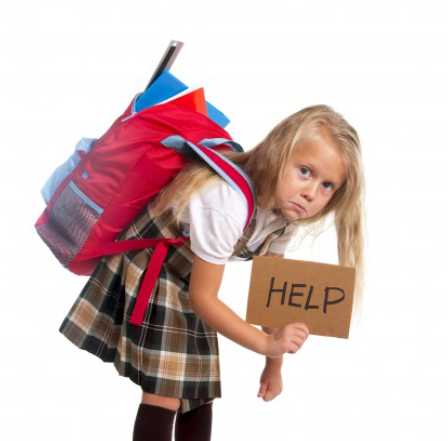
Despite how cute or cool the bag is, using an inappropriately sized backpack on your child’s spine can have negative impacts. Believe it or not, back pain in children is on the rise. It is believed by many pediatric healthcare professionals that overly heavy or misfitted backpacks are to blame.
The natural curve of the spine is distorted and the intervertebral discs are compressed when force is put on the spine due to heavy backpacks, leading to muscle strain.
Children will lean forward in order to compensate for the heavy backpacks, resulting in rounded shoulders and a curve in the upper back. The upper spine is compressed by this pressure.
The leaning can also increase a child’s risk of falling and sustaining a head injury, cracked teeth, or contusions.
5. Pack your kids backpack wisely
Backpacks can have all kinds of clever spaces, such as laptop compartments, pencil holders, and secret pockets, to stash stuff. Place heavier items in the main compartment of the backpack, near your child’s back. By using this, their shoulders can be relieved from strain, and their balance will remain unaffected when running or playing.
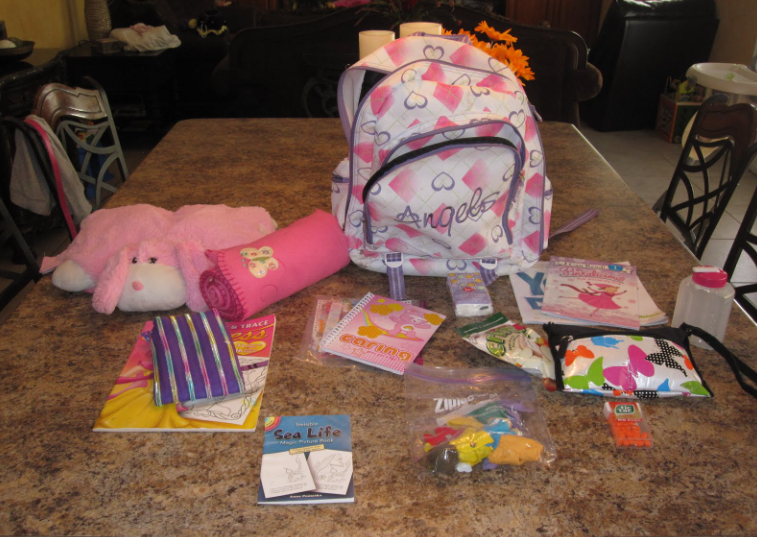
When purchasing a new school backpack, think about what items your child may need to transport, in addition to textbooks and meals. A protected sleeve for laptop or tablet computers is featured in many packs. When you’re shopping, either check the dimensions listed for the product or bring the computer along.
Having a water bottle with them at all times is important for hydration, and external drop-in pockets are great for making this habit easier for kids.
It is important to note that a child’s backpack should not be heavier than 10-12% of their body weight. If it appears that your child is having difficulty carrying a heavy load of books and other recreational items, make sure it isn’t overly burdensome.

6. Conclusion
As a professional children’s backpack factory, we know how to make high-quality and safe backpacks. Not only do we understand the various sizes of children’s backpacks, we can also ensure that our products meet your country’s safety standards. When you need to buy kids backpacks in bulk, we believe Honeyoung Bag is always the best choice for you.

